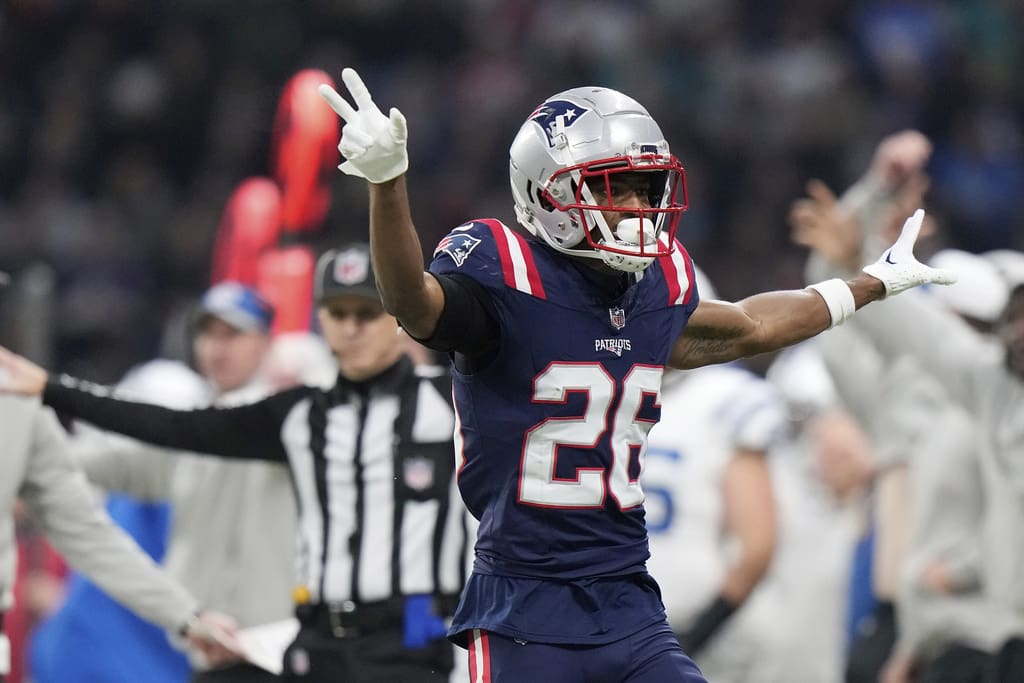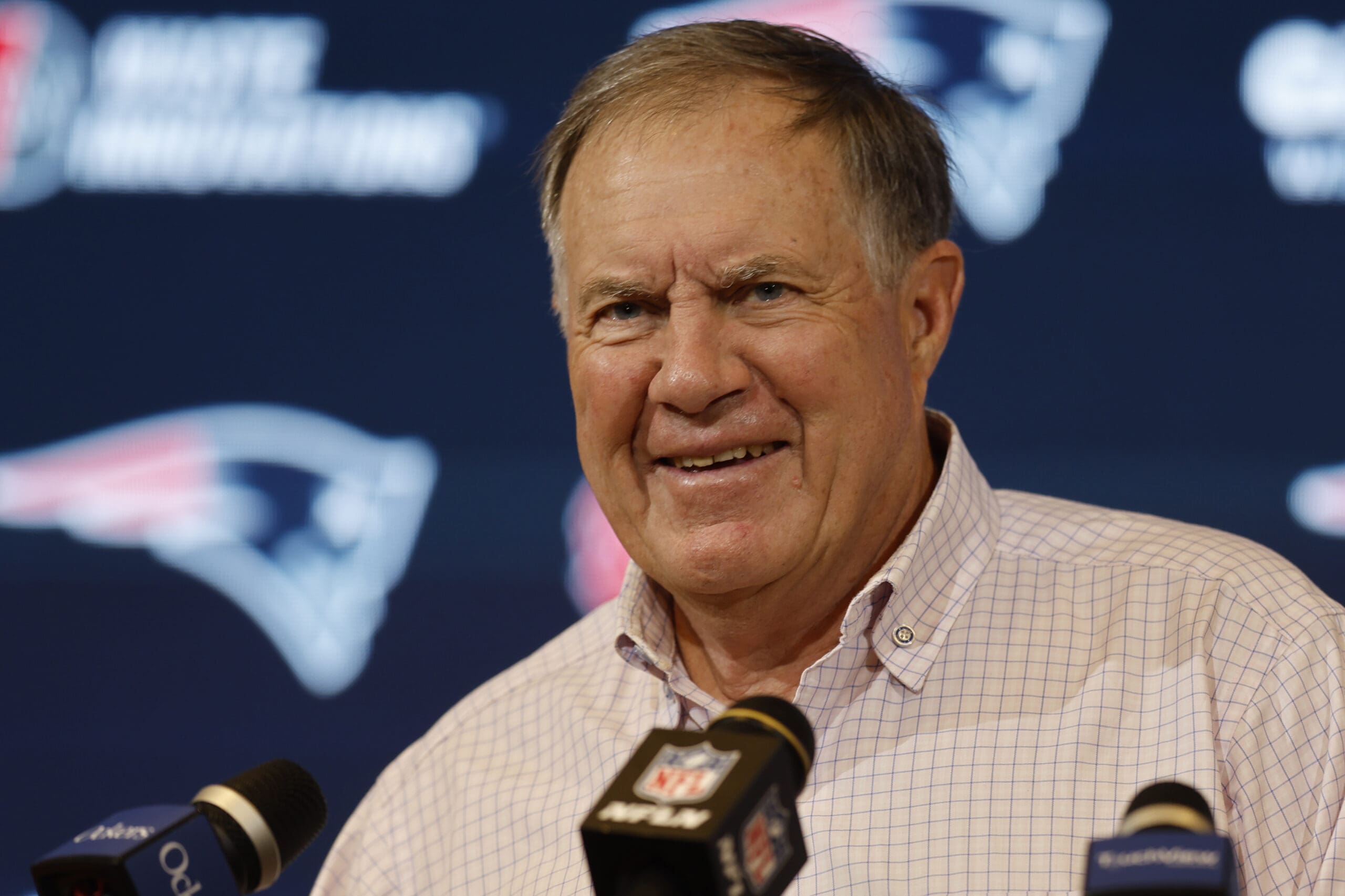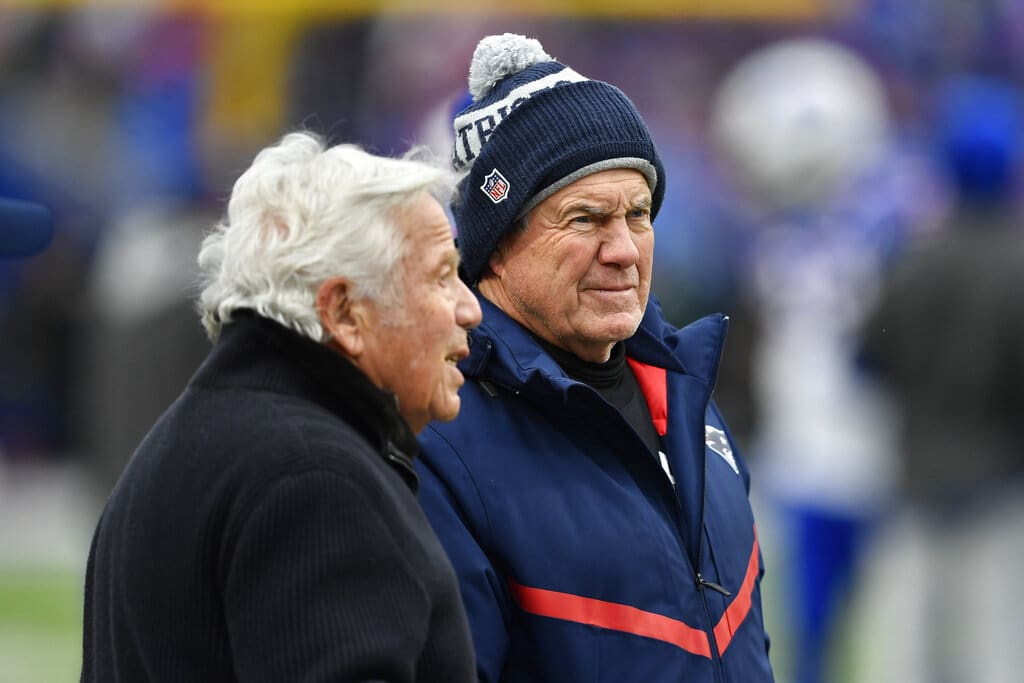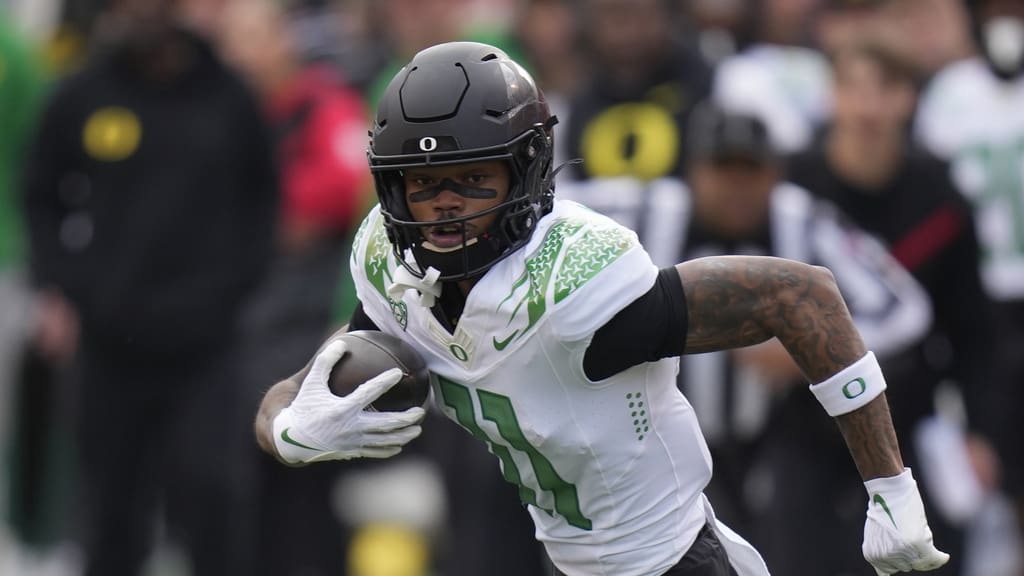Boston Bruins
Boston Bruins Flirting With Five Forward PP Formation
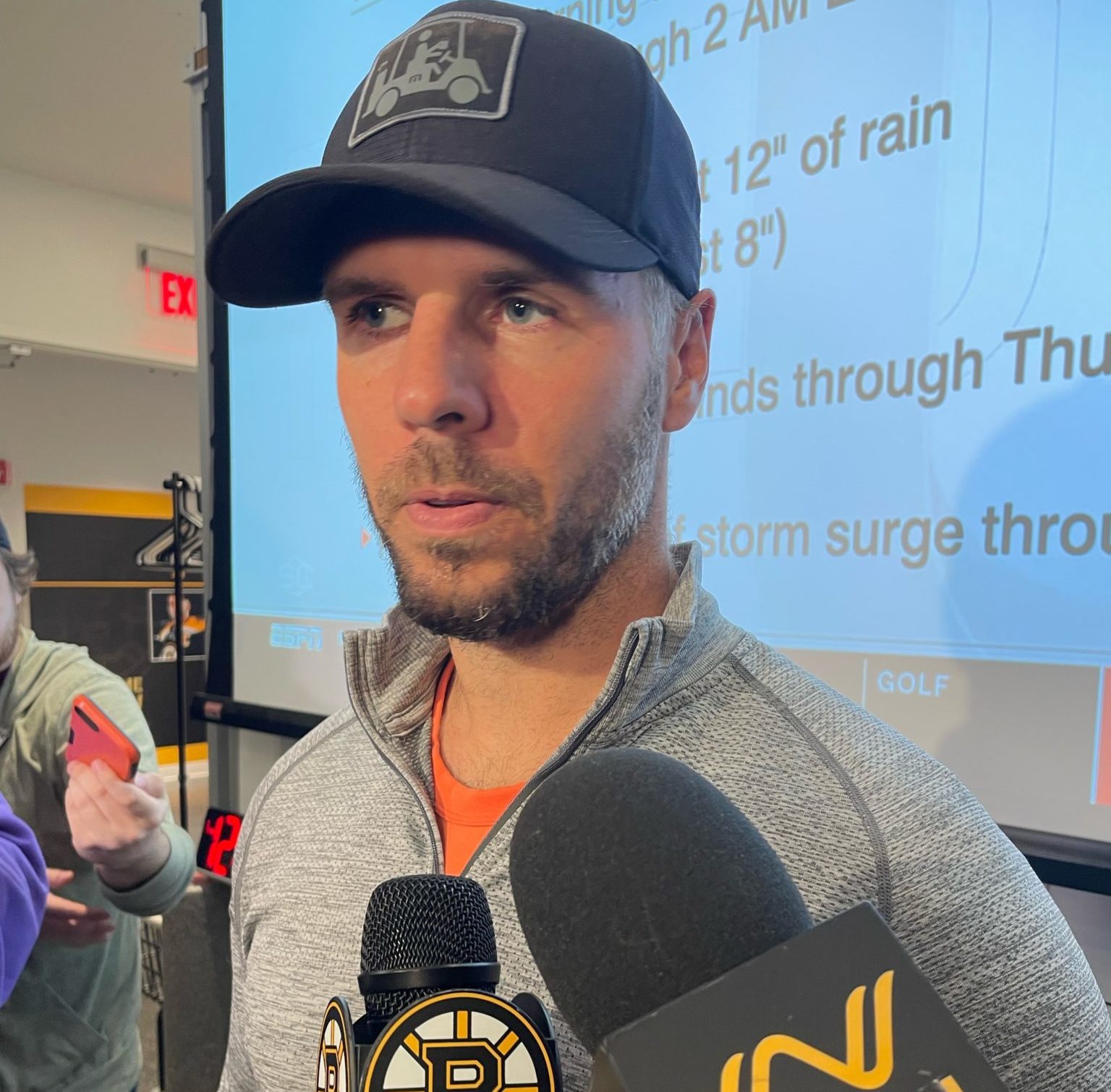
BRIGHTON, MA – It’s clearly not going to be Easy Street for the Boston Bruins while missing Brad Marchand, Charlie McAvoy and Matt Grzelcyk to start this hockey season, and perhaps nowhere do the adjustments become more obvious than on the power play.
Both Marchand and McAvoy play usual roles on Boston’s top power play unit and Grzelcyk ran point on the second PP group, so their absence forces the B’s into experimenting with a much different look with five forwards on the top PP unit. At least that’s what the Black and Gold practiced this week while getting ready to ice a Boston Bruins lineup on Saturday afternoon against the Flyers that will be much closer to their opening night group.
One can expect Patrice Bergeron in his customary bumper position holding the entire group together and David Pastrnak will be on the left elbow ripping one-timers after striking for 15 power play goals last season.
But the return of playmaking center David Krejci as a PP point option means he can fit right into McAvoy’s point absence over the first few months, and the Boston Bruins have an option where there’s already pre-existing chemistry. In year’s past, the Boston Bruins would certainly go there if circumstances dictated it.
The Boston Bruins are scoring on 33.3 percent of their power plays right now, but that isn’t stopping them from tinkering. With close to a full group now w/DeBrusk & Grzelcyk back, they may start featuring 5 forwards on PP as they did at practice 🏒🏆🐻 https://t.co/W7qFPbu8Y8
— Joe Haggerty (@HackswithHaggs) February 9, 2021
Certainly, Krejci and Pastrnak could team up for one-timers if No. 46 is on the right point, and the center will be energized by the chance to work with the top group, a position on PP1 that was sometimes elusive for him when he played under Bruce Cassidy.
“It’s something we’ve worked on. If we’ve practiced it then I’m sure we’re going to get a look,” said Krejci. “I played point before so many times, so I feel comfortable there. Obviously, I haven’t played a game in months so I’ll just need to get up to speed, but other than that I’m comfortable that I can handle that.
“You just need to make sure you get on pucks and as a unit you need to talk to make sure you retrieve those pucks, so they don’t go at us. Usually the PK has good, smart and fast forwards, so we don’t want to give them the puck, so they have a chance to go at us the other way.”
Taylor Hall was working the half-wall spot normally reserved by a healthy Marchand and Jake DeBrusk was the net-front guy, a pivotal puck-retrieving role he slipped in and out of on the top power play unit pretty much all season long.
There’s a very real chance that the Bruins will run through a number of net-front candidates on the top PP unit whether it’s DeBrusk, Nick Foligno, Trent Frederic or even Pavel Zacha or Charlie Coyle.
It’s all clearly not set in stone, but it’s also the kind of creative thinking that this new Boston Bruins coaching staff is putting into practice while dealt an admittedly tough hand for the first few months of the season.
“With [McAvoy] being out, that’s something we are looking at potentially,” said Montgomery of the high-risk, high-reward five forward setup when most NHL teams opt for four forwards and one D-man on the PP these days. “Just because Krejci’s played [at the point] before. We’ve had discussions with him about how comfortable he is. He said he’s very comfortable. It’s something we’re going to look at.”
Clearly there is room for improvement for a Boston Bruins power play that’s regressed over the last few seasons while missing point trigger man Torey Krug after he was lost in free agency. Last season the B’s were a middle-of-the-road 15th in the NHL with a 21.2 percent success rate and really fell off a cliff in the last six weeks of the regular season once Pastrnak missed time due to injury.
In year’s past, the Boston Bruins had almost always been top-10 in the NHL given the talent spread across their first unit.
Still, there’s no illusions that five forwards on the PP also opens up more chances for opposing PK units to hurt them shorthanded, and that’s something all five forwards will need to be wary of, particularly Pastrnak as a high-risk player when he gets out by the offensive blue line. The Bruins allowed seven shorthanded goals last season, which placed them smack in the bottom third of the NHL last year in terms of special teams play.
“It’s all five guys being conscientious of getting back above pucks,” said Montgomery. “Forwards tend, on the power play especially, when the puck goes toward our own net, they tend to stop and drift back. You can’t drift back. You’ve got to come back hard.”
Perhaps the Boston Bruins will even stick with this when everybody returns to playing condition, aside from Marchand taking his rightful place on the half-wall currently occupied by Hall. That would allow Hall to slide to net-front or be the focal point of the second power play unit. Then again, McAvoy finished second on the Bruins with 17 PP assists last season and appears to be getting much more comfortable with the shot/pass balance from his point spot that made Krug so impactful during his time in Boston.
It all speaks to some pretty good options on the man advantage for the Boston Bruins if they can get the five forward formation working out of the starting gate until the LTIR cavalry starts arriving in early November.









